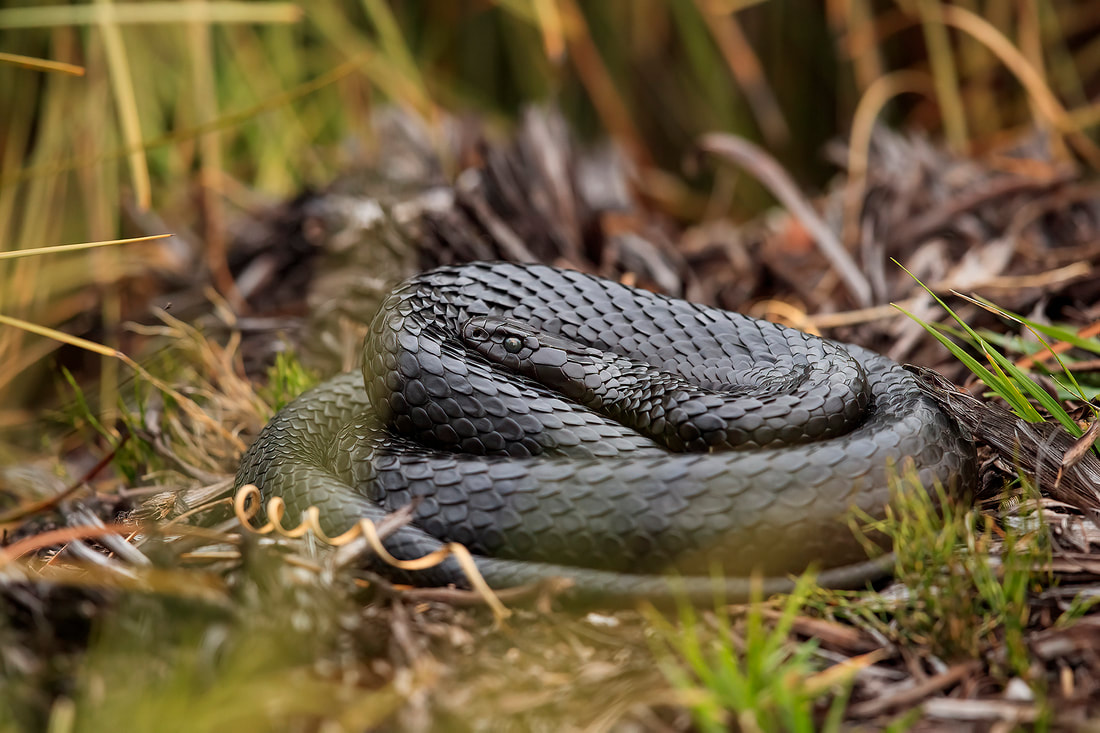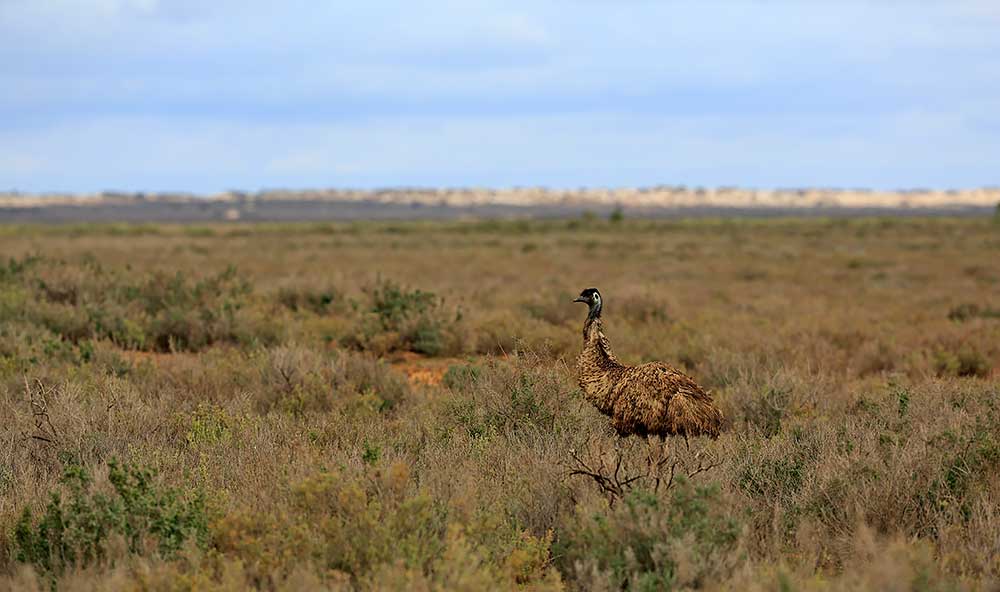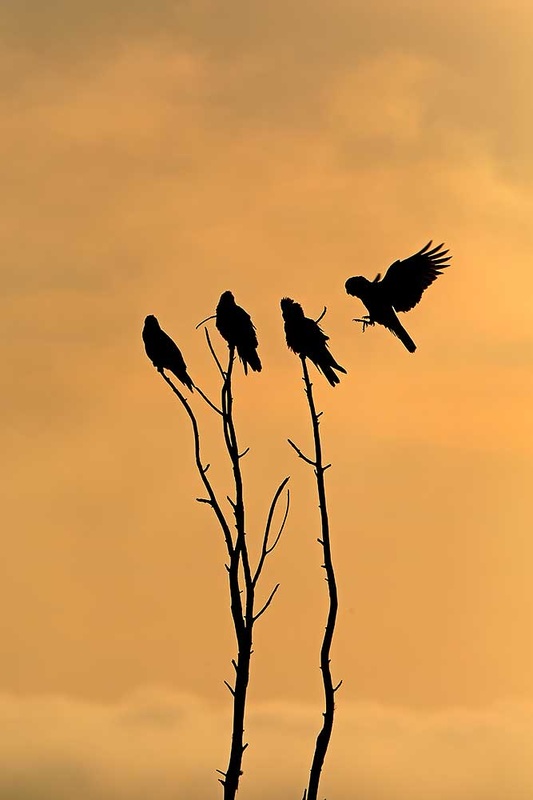|
I absolutely love being in the Antipodes as the wildlife here is not only unique, but it is utterly captivating, and so it was a delight to head back and spend another couple of weeks searching for and photographing some icons. Just as we did in the previous trip, we started on the mainland of Australia, photographing wildlife in the state of Victoria, before flying across the Bass Strait to Tasmania. Around the city of Geelong, we enjoyed photographing a wealth of wildlife including corellas, emu, eastern grey kangaroo, grey-headed flying fox and koala too. After a fantastic few days photographing the wild delights of the mainland, including some Australian oddities, we hopped on a plane from Melbourne down to the city of Launceston in Tasmania. From here we headed to the Tasmania arboretum for some great platypus sightings and photography. We then headed up into the hills and spent the next five days just immersing ourselves in the wild world of Tasmania's rugged mountains. Here photographic highlights included tiger snake, wombat, wallabies and several endemic birds. We headed back down from Tasmania's Highlands back down towards the coast and stopped once again at the Tasmanian Arboretum. We thought our previous visit was remarkable for the platypus encounters we enjoyed, but this time it was exceptional. The absolute highlight was a pair of platypus fighting after an attempt at mating. Over the next few days we continued by exploring the north-east of Tasmania, enjoying more wonderful photography opportunities including Forrester's kangaroos. After a great period photographing in the northern reaches of Tasmania, it was time to head south towards Hobart. We spent an evening in Hobart, primarily as a rest stop, before heading over to Bruny Island the following day. Here, we would be staying close to the Inala property and our hope was to photograph some of the region's iconic birdlife including the forty-spotted pardalote. As you can see, we had a magical couple of weeks photographing some of Australia's most sought-after species. It was great to be back in the bush and seeing some of my favourite Aussie wildlife.
0 Comments
As many of you will know, I spent a year living in Australia and absolutely fell in love with the country's magical wildlife. So when Wildlife Worldwide asked whether I would be interested in leading a dedicated photography tour there, I of course jumped at the chance. That was when Covid decided to pop its head up and the first couple of departures were postponed for 2 whole years. Finally, in December 2022, I was given the chance to take the helm for our very first departure. We started our adventures in the city of Melbourne and soon headed towards the city of Geelong and the You Yangs. Here we joined local naturalist and koala expert Roger, who we hoped would find us this arboreal member of the marsupial family. We were in luck. We then headed into the city of Geelong as we went to visit the colony of grey-headed flying foxes that call the mature trees home. It was here that we were also treated to some incredible views of eastern rosella. This colourful species of parrot are usually shy and rarely pose like this individual felt compelled to do. The next day, we headed to the nearby Serendip Sanctuary to photograph the resident eastern grey kangaroos and a wealth of other species that call this area home. It was a great first couple of days getting back in the swing of things with Australian wildlife. I absolutely love being with macropods (the family of marsupials to which kangaroos belong) and getting so close to such a big mob was absolutely fantastic. With a great couple of days behind us, it was time to return to Melbourne for a night before our flight across the Bass Strait and on to Tasmania. We started our stay in Tasmania by exploring the area's northern wilderness regions. Here the group enjoyed some wonderful views and photography of some truly iconic Australian species, including wombat, echidna and Bennett's wallaby. Finally, after a magical couple of weeks down under, we headed south to Bruny Island. The undoubted highlight here was the chance to see and photograph the diminutive, but critically endangered forty-spotted pardalote. It wouldn't be long before I would be back on Australian soil, hoping to photograph more wildlife in Victoria and Tasmania
Having travelled down the New South Wales coastline it was time to head inland on this last part of our Aussie adventure. Our first stop was in the rural town of Goulburn, there wasn't much in the way of wildlife there but we had heard of a place called Kangaroo Valley. This, as you might expect, is a valley home to plenty of Kangaroos but it wasn't these critters we were after. We had also heard that the valley was home to a thriving population of Wombats. Up until now we hadn't found any wombats so we really hoped that we might be in luck ... we certainly were as you can see below! We then headed further inland, across the Hay Plain towards the farming town of Mildura in northern Victoria. This is one of Australia's fruit growing capitals but nearby is the remote Mungo National Park. We headed out early on morning driving off the main highway onto a gravel road, an incredibly long gravel road of nearly 100 kms. After a few hours, we finally arrived at this wild landscape in search of the Red Kangaroo. This was the only chance on our trip to Australia that we might see this incredible desert survivor, so we had to make the effort. We struck gold, not only seeing the Red Kangaroos but also the Western Grey Kangaroos and wild Emus. The next leg of the inland part of our journey took us across another state border to South Australia. We followed the Murray River from Mildura towards the riverside town of Mannum. Nestled right on the edge of the winding river it was a bird-watcher's paradise with a very obliging community of Brush-tailed Possums just to top it off. The possums were fantastic and we loved the mother with her young baby, the images just don't really show the difference in their size. The next morning we awoke to a valley full of a thick mist and I knew I had to go to the waters edge and see what subjects I could find. The Black Swans and the Galahs were just superb and so cooperative, it was a truly magical morning. The next part of our journey is to the magnificent Kangaroo Island so come back soon and check it out!
|
AuthorBret Charman Archives
July 2024
Categories
All
|






































